Marianne Vos revives the controversy about positions prohibited by the UCI
The Dutch cyclist Marianne Voss was disqualified after using the aerodynamic position with wrists on the handlebars for a few seconds.
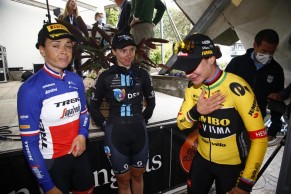
Marianne Voss stripped of victory for riding in this position: a review of some recent prohibitions
We had practically forgotten that a year and a half ago the UCI legislated to prohibit dangerous positions on the bike, specifically to prevent cyclists from using the well-known bug ball or super tuck position on descents, sitting on the top tube with the chest against the handlebars.
Also eliminated at that time was the position adopted by many riders on flat terrain, consisting of resting the forearms on the horizontal part of the handlebars as if using an invisible time trial extension.
RECOMENDADO
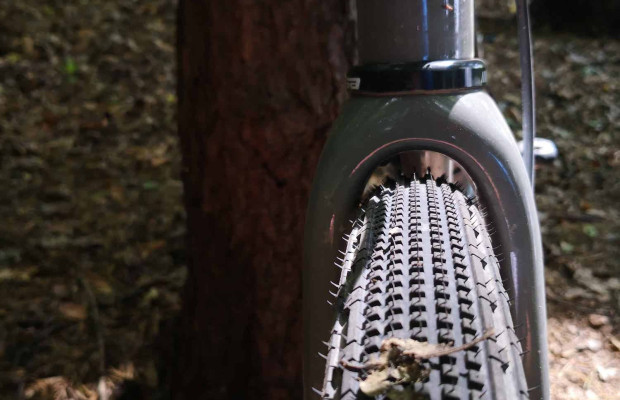
Why wider tires in gravel are faster
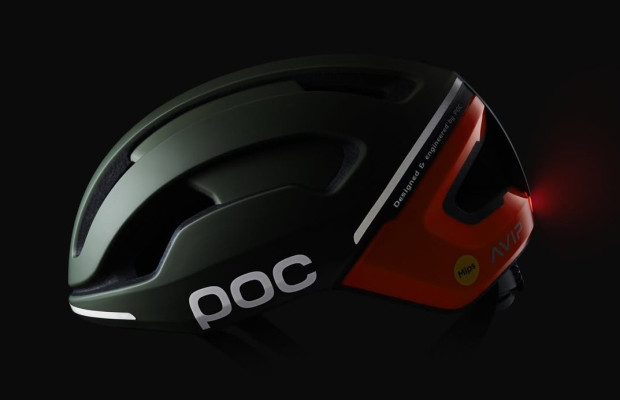
Black Friday 2025 cycling bargains: save on Garmin, POC, Maxxis and more
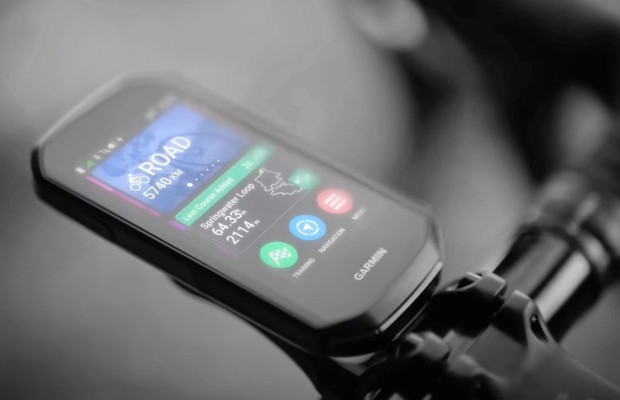
Black Friday Garmin 2025: the ultimate guide to choosing your GPS at the best price

Do you need suspension on your gravel bike?
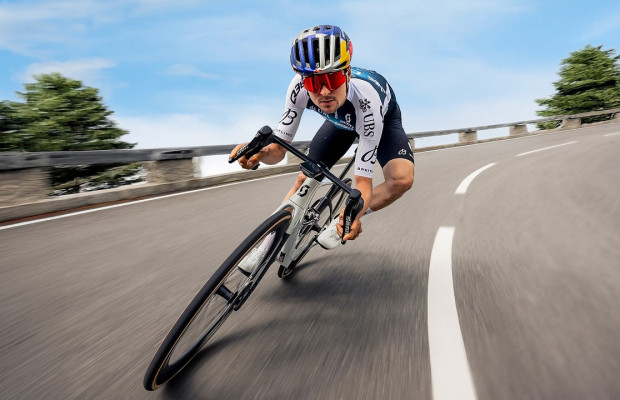
Countersteering, braking and cornering: the basics to improve your cornering skills
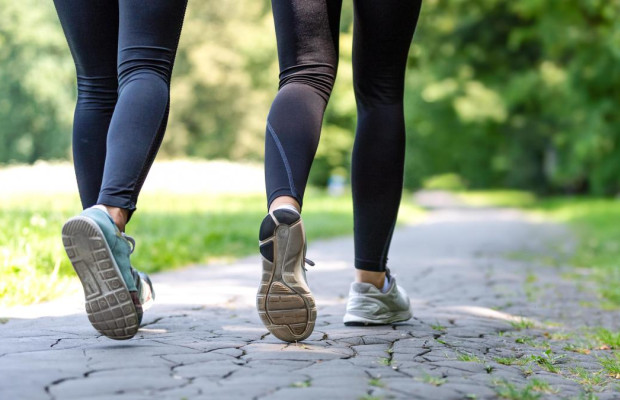
10,000 steps a day or how much on a bike?
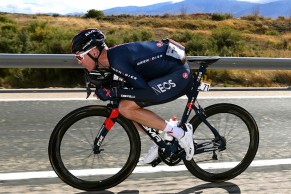
However, the subconscious sometimes plays tricks as it did yesterday with Marianne Voss during the Postnord Vårgårda WestSweden race. The Jumbo-Visma cyclist won the Swedish race ahead of Audrey Cordon-Ragot and Pfeiffer Georgi, but her joy was short-lived.
The race officials decided to disqualify her for using a prohibited position, in this case, the one with the forearms on the handlebars. It was only for a few seconds, in the decisive moments of the race when attacks were happening with less than 13 km to go. An action that went unnoticed by most but not by the commissioners who decided to exclude the Dutch cyclist.
This action reignites the controversy over certain rules, considered absurd by many cyclists, regulated by the UCI, such as those regarding the positions that can be adopted on the bike or the one defining the maximum sock height that cyclists can wear. Meanwhile, professionals criticize the international governing body for not focusing more on regulating safety conditions at the finish lines.
This comes after a few days ago there was a massive crash during the second stage of the Vuelta a Burgos where a raised pedestrian crossing 500 m from the finish line, on a downhill section, caused Jumbo-Visma rider David Dekker, who was preparing to contest the stage, to lose control and fall, leading to a high-speed crash involving several other cyclists, resulting in 6 abandonments in the Burgos race.
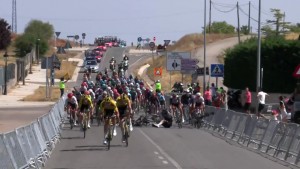
During the year and a half that the prohibition of adopting dangerous positions on the bike has been in effect, riders have tried to push the limits of the rule to continue enjoying the clear advantages gained through their use.
We have seen the trend of narrow handlebars with inward-facing brake levers becoming more common among time trialists looking to reduce wind resistance. We also saw inventions like the Speeco AAB handlebar used by Dutch cyclist Jan-Willem van Schip, which was banned by the UCI shortly after.
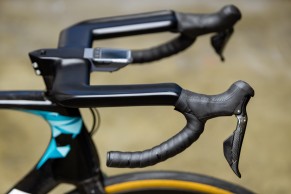
In descents, positions pushed to the limit have been seen with riders barely touching the tip of the saddle to stay within the parameters set by the regulations or the remembered use of a dropper post by Matej Mohoric to win the last Milan-San Remo.